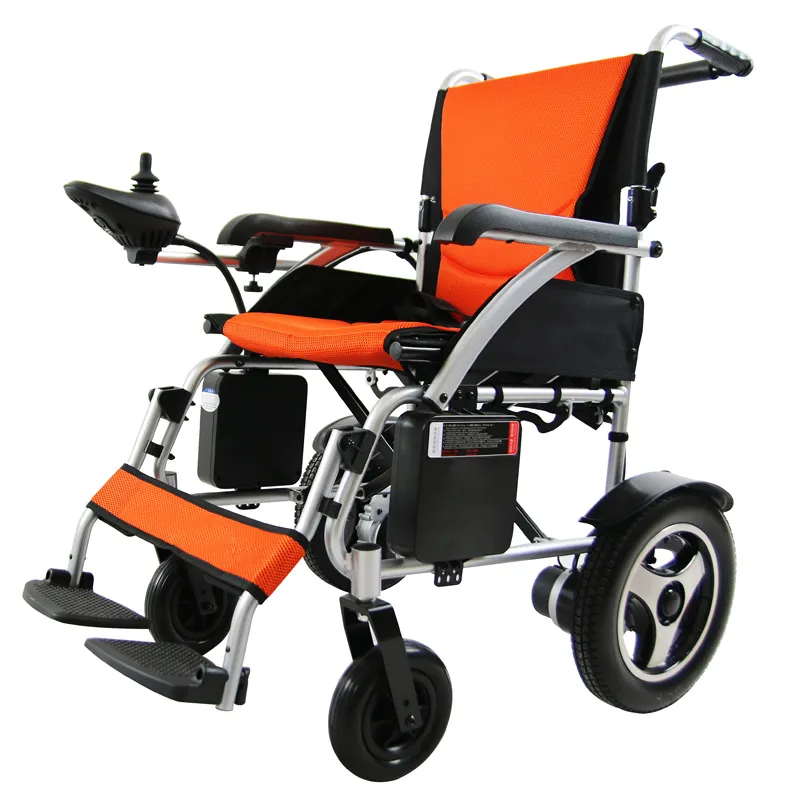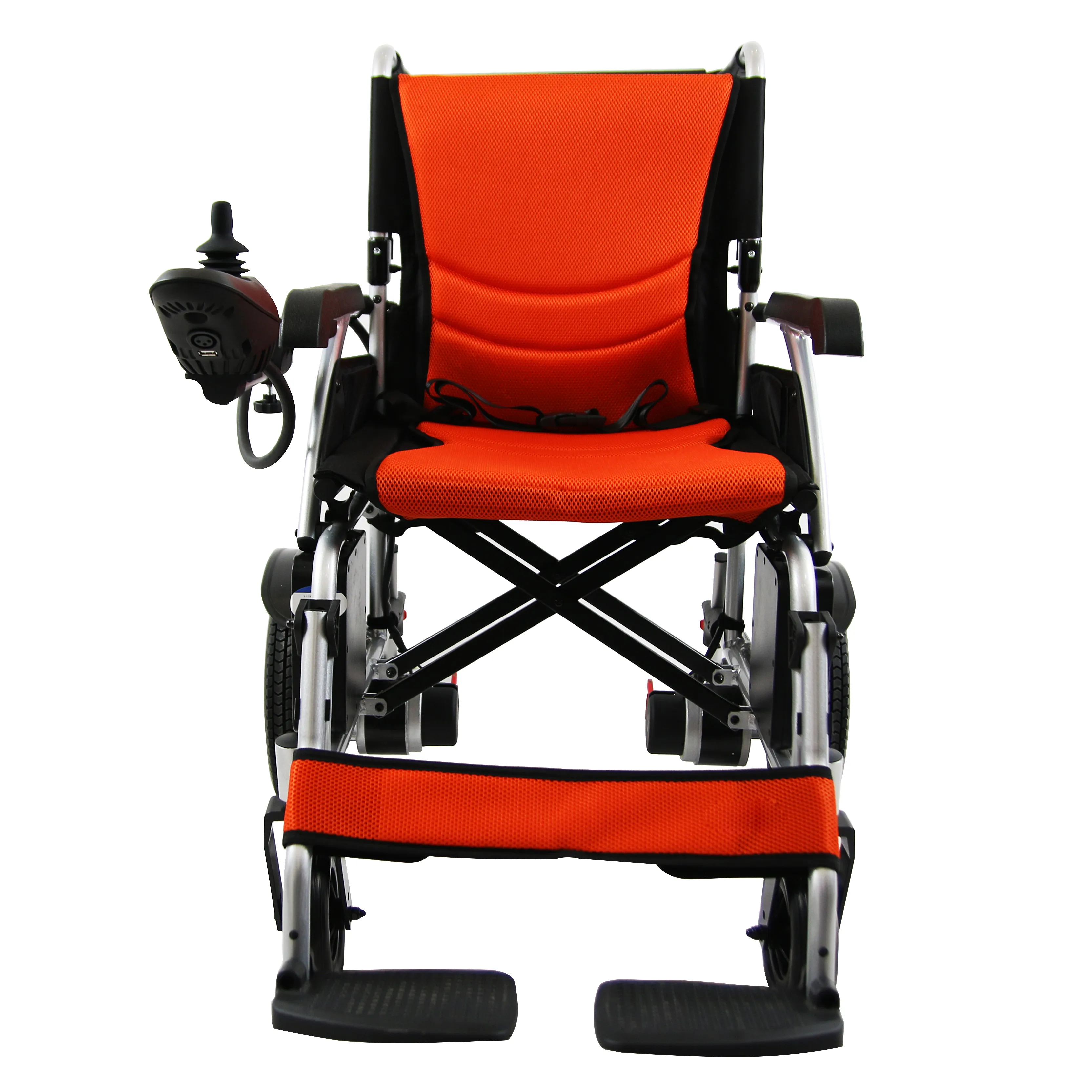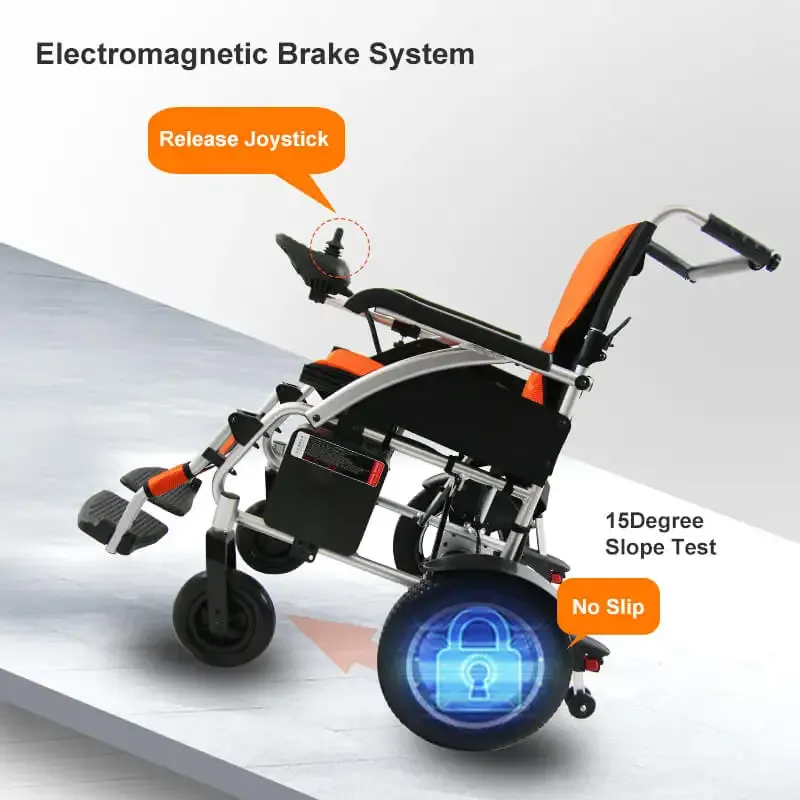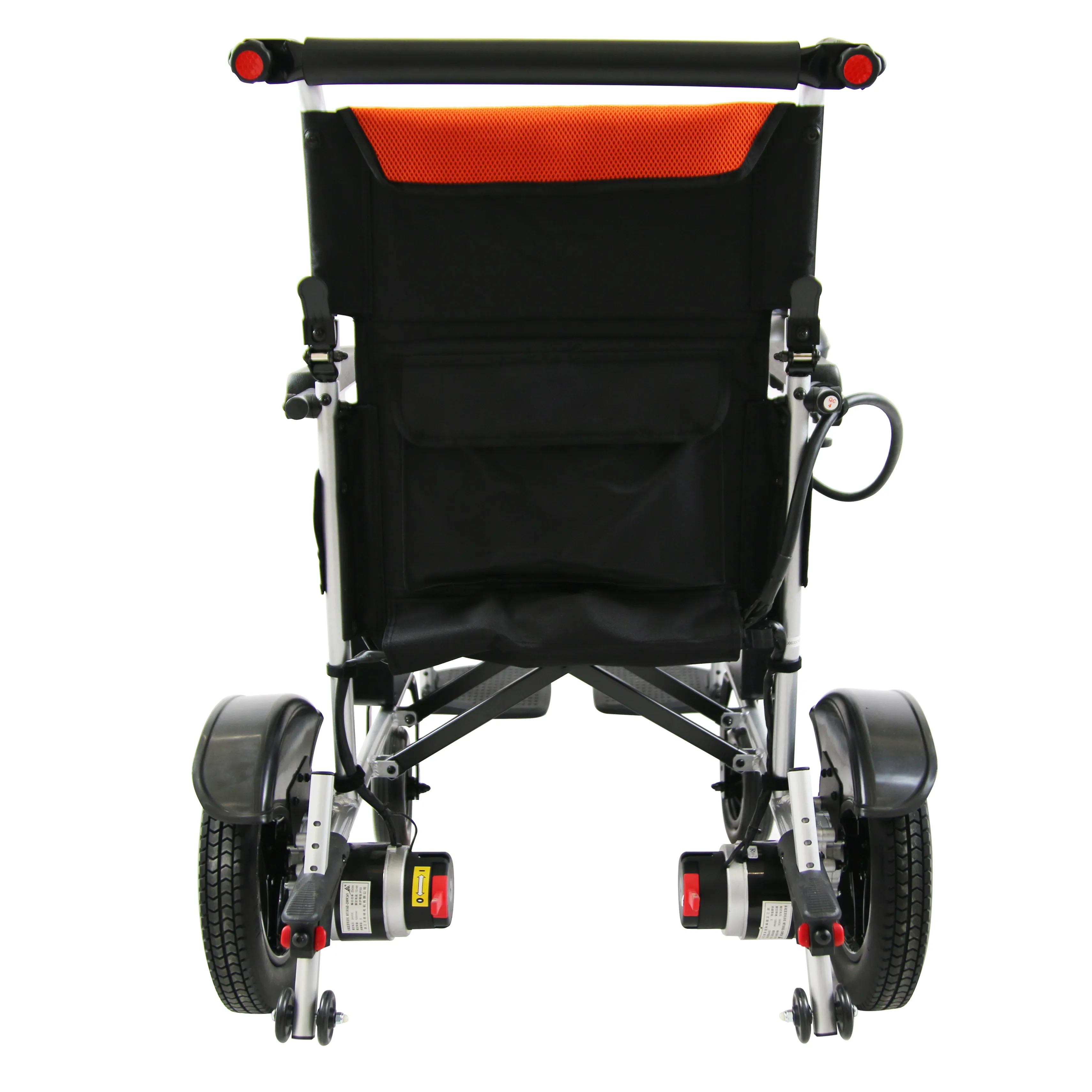In developed countries like the United States, Germany, and the United Kingdom, electric wheel chairs have long become an essential means of transportation for many elderly people and those with mobility impairments. According to the Association for Medical Devices (AdvaMed), the US electric wheelchair market is expected to reach $3.8 billion in 2024, with an annual growth rate exceeding 9%. However, consumers are increasingly confused: Why are electric wheel chairs so surprisingly expensive?
In the European and American markets, a relatively basic electric wheelchair typically costs between $2,500 and $4,000. Mid-range and high-end models easily exceed $7,000 to $15,000, with some customized or imported medical-grade devices exceeding $20,000.

An electric wheelchair is more than just a "wheelchair plus a motor"
Many consumers, upon first encountering an electric wheelchair, mistakenly believe it's simply an "upgraded" version of a traditional wheelchair, simply adding a battery and motor to a manual wheelchair. However, the reality is far more complex.
Electric wheel chairs are highly integrated, intelligent electromechanical devices. Their design and manufacturing process involves multiple disciplines, including industrial design, materials science, automatic control, sensor technology, ergonomics, and safety engineering. Compared to traditional manual wheelchairs, they must handle a wider range of "driving" tasks—not only climbing hills, navigating bumps, and overcoming obstacles, but also ensuring the occupant's stability, safety, and long-term comfort.
For example, a mid-to-high-end electric wheelchair registered with the US FDA, such as the Permobil F5 Corpus VS, features vertical stance, a multi-angle electric adjustment system, a suspension and shock absorption system, and an intelligent diagnostic interface. It sells for over $22,000. This isn't a "premium," but rather a true reflection of the cost of technology and manufacturing.

The prices of core components in electric wheel chairs remain high
1. Battery System—Lithium Battery Technology Drives High Costs
Electric wheelchairs rely on batteries for power. In mainstream European and American markets, the vast majority use lithium-ion batteries, replacing older, bulky lead-acid batteries. Lithium batteries offer advantages such as high energy density, lighter weight, and longer charge and discharge cycles, but they are significantly more expensive. A high-performance lithium battery (e.g., 25Ah, 24V) costs approximately $800-$1,500 in the European and American markets, with high-capacity models reaching $2,500. Furthermore, electric wheel chairs are typically equipped with a battery management system (BMS) that monitors voltage, temperature, and remaining charge in real time to ensure user safety.
For example, the standard lithium battery system cost of the German-made electric wheelchair brand Ottobock accounts for nearly 20%-30% of the vehicle's total price. This means that the battery module alone can cost users $2,000-$4,000.
2. Motor and Drive System—Power Output Must Not Be Compromised
Electric wheel chairs must provide sufficient thrust to propel an adult over diverse terrain, such as grass, sidewalk slopes, and paved roads. They must also be able to navigate obstacles and maintain anti-skid control.
For this reason, most mainstream electric wheel chairs in Europe and the United States are equipped with brushless DC motors (BLDCs), which offer higher efficiency, longer lifespan, and lower maintenance than standard DC motors. Each wheelchair typically has at least two drive motors, and some also have a central control motor and a lift motor.
Each BLDC motor costs between $300 and $800. Adding accessories like high-precision reduction gears and magnetic braking systems, the cost of the entire drive system often reaches $1,500 to $3,000.

Control System: Intelligence and Medical Standards Coexist
The control system of an electric wheelchair is its "nerve center." Users control functions such as direction, speed, and seat height through a joystick, touch panel, or even eye or voice control.
Control modules used by high-end brands (such as Permobil and Quantum Rehab) integrate Bluetooth communication, USB charging ports, programmable control logic, multi-language interfaces, and clinical diagnostic interfaces.
More importantly, to meet medical device standards (such as FDA and ISO 7176), these controllers must undergo complex EMC (electromagnetic interference) testing, drop tests, and extreme temperature tests, meeting quality standards exceeding those of consumer products.
The R&D and certification costs of such control systems are extremely high, and the market price generally ranges from $1,000 to $2,000, with some custom systems costing over $3,500.
Ergonomic and comfort design requires significant investment
Electric wheelchairs are not just a means of transportation; they are also "mobile cabins" where many users spend over 10 hours daily. High-end European and American products emphasize ergonomic fit, customizing the seat system based on the user's body type and medical conditions (such as paralysis, muscular dystrophy, and multiple sclerosis).
For example:
·Seat support system: includes a pressure-sore-resistant cushion, breathable backrest, side support, and lumbar support system;
·Adjustment system: includes power tilt, power leg lift, and standing position adjustment;
·Material: uses high-end materials such as high-density memory foam, medical-grade breathable fabric, and a carbon fiber frame.
A comfortable electric cabin system costs between $1,500 and $4,000. Some brands also offer 3D body scanning, which increases the cost.

Safety and regulatory compliance: Every screw is tested
In the European and American markets, electric wheelchairs, as Class II medical devices, must obtain multiple international certifications, including the FDA (U.S. Food and Drug Administration), CE (Conformité Européen), and TÜV.
Taking the FDA as an example, its requirements for electric wheel chairs are as follows:
· Pass ANSI/RESNA testing standards;
· Pass EMC electromagnetic compatibility testing;
· Provide an electrical safety report;
· Submit a complete set of clinical safety assessment documentation.
Completing these certifications costs hundreds of thousands of dollars for each electric wheelchair model, taking 12 to 24 months. These R&D and compliance costs are ultimately reflected in the product price.
Labor costs and after-sales service are also not to be ignored
The labor costs of assembling electric wheelchairs in Europe and the United States are extremely high. In countries like Germany, Switzerland, and the United States, professionally trained engineers are often responsible for everything from welding and wiring to final inspection and quality control. It takes 10 to 20 hours to complete a single wheelchair, from parts to a complete vehicle.
Based on the average hourly wage of $45-$70 in the German medical manufacturing industry, labor costs alone exceed $800-$1,500. Add to that the warranty service (European and American standards are 2-5 years), and manufacturers must bear ongoing after-sales costs. In addition, many brands offer mobile door-to-door service, remote fault diagnosis systems, and parts replacement plans, all of which further increase operating costs.
A niche market leads to a lack of economies of scale
A final factor that shouldn't be overlooked is that the electric wheelchair market remains a niche, customized market. Compared to smartphones, which produce tens of millions annually, mainstream electric wheelchair brands in Europe and the United States typically produce only 20,000 to 80,000 units annually.
This means that component procurement, mold development, and logistics costs can't be spread out like they do for consumer electronics. Each electric wheelchair is essentially semi-customized, especially for those covered by medical insurance. Functions and components must be tailored to the individual user, resulting in manufacturing efficiency far lower than that of large-scale assembly lines.
So, when we ask, "Why are electric wheel chairs so expensive?" it's worth considering another perspective: For those who rely on them to regain their freedom, their value may far outweigh the price tag.
Does Dayang Medical offer discounts or promotions?
Yes. Dayang Medical provides regular promotions and discount prices for bulk purchasing of medical devices such as electric wheel chairs, manual wheelchairs, hospital beds, and shower chairs. Our China factory ensures low-cost yet high-quality products for buyers worldwide. We also support special promotions for wholesale distributors and long-term partners, offering competitive quotes and flexible supply terms.










